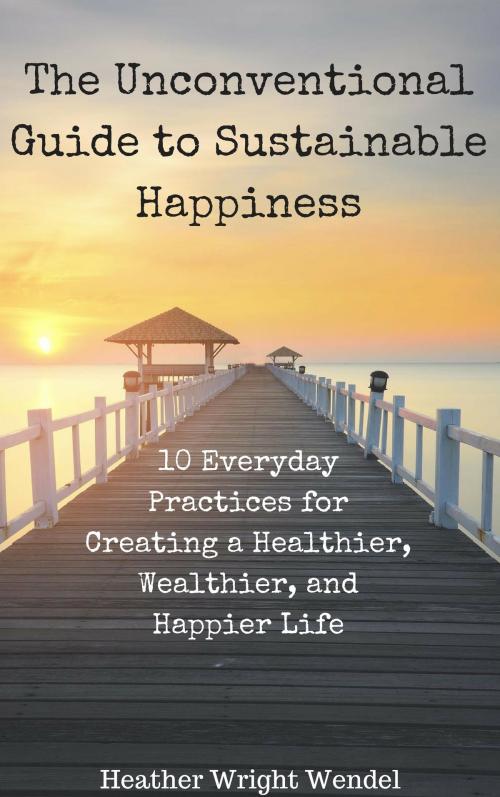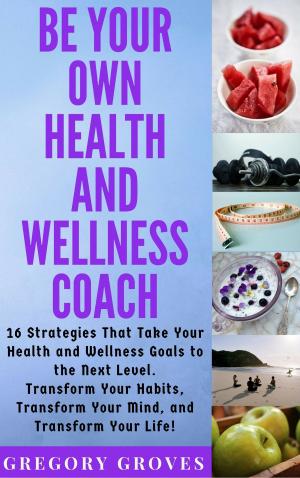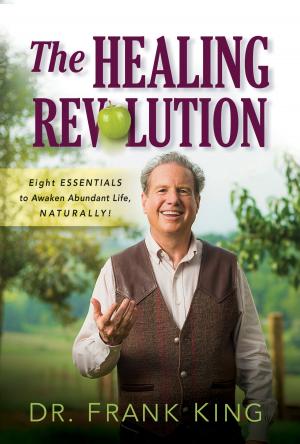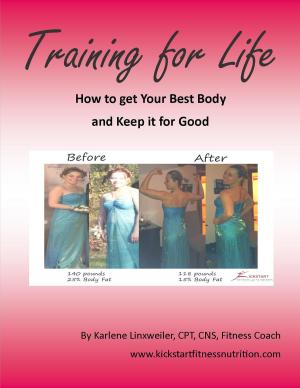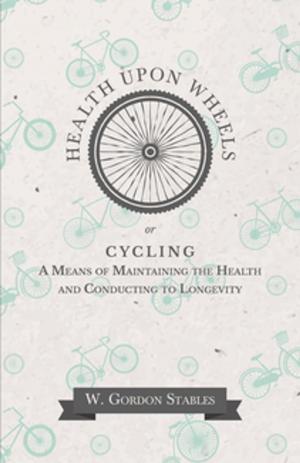The Unconventional Guide to Sustainable Happiness: 10 Everyday Practices for Creating a Heathier, Wealthier, and Happier Life
Nonfiction, Science & Nature, Nature, Environment, Environmental Conservation & Protection, Health & Well Being, Health, Healthy Living| Author: | Heather Wright Wendel | ISBN: | 9781370114368 |
| Publisher: | Heather Wright Wendel | Publication: | April 22, 2018 |
| Imprint: | Smashwords Edition | Language: | English |
| Author: | Heather Wright Wendel |
| ISBN: | 9781370114368 |
| Publisher: | Heather Wright Wendel |
| Publication: | April 22, 2018 |
| Imprint: | Smashwords Edition |
| Language: | English |
We all want to be happy and live meaningful lives. Yet it’s easy to lose sight of this basic and important fact as we move through life and take on more responsibility. As we get older we learn to stifle the very aspects of ourselves that make us unique and allow us to live in a way that feels authentic and supports our true selves.
As a result, we end up too busy to make time to do the very things that bring us joy, sustain our health, and make us feel fulfilled. In many cases it seems easier to put our heads down, take care of the urgent shoulds, and tell ourselves that we will “find” time at some later point in the future.
The good news is you can get off this busyness treadmill and create your own happiness. Becoming sustainably happy isn’t about throwing out your current life and starting over (though you may decide to make significant changes along the way). Instead it’s about finding a better balance between the three pillars of sustainability: health, wealth, and happiness. However, it’s easy to get caught up in and prioritize wealth, which includes our careers and the acquisition of stuff.
Fortunately, the best things in life don’t often cost money – they simply require an investment of our time and energy – both of which tend to be in short supply when our focus is on achieving externally based metrics of success, wealth, and/or recognition.
This guide distills down the key insights and lessons I took away from my year-long Sustainably Happy Project. It outlines the ten every day practices I found most valuable from my own research and experiments in developing a sustainably happy mindset:
1.Discover your why
2.Learn to want what you already have
3.Being and doing are better than having
4.Add value by simplifying and subtracting
5.Learn to unplug
6.Tackle the problem, not the symptom
7.Rewrite your story
8.Live judgment free
9.Embrace your quirks
10.Make time for movement
Examples and exercises are provided for each of the ten practices to help you adopt a curious, mindful, and experimental attitude as you begin to design your own sustainably happy life.
We all want to be happy and live meaningful lives. Yet it’s easy to lose sight of this basic and important fact as we move through life and take on more responsibility. As we get older we learn to stifle the very aspects of ourselves that make us unique and allow us to live in a way that feels authentic and supports our true selves.
As a result, we end up too busy to make time to do the very things that bring us joy, sustain our health, and make us feel fulfilled. In many cases it seems easier to put our heads down, take care of the urgent shoulds, and tell ourselves that we will “find” time at some later point in the future.
The good news is you can get off this busyness treadmill and create your own happiness. Becoming sustainably happy isn’t about throwing out your current life and starting over (though you may decide to make significant changes along the way). Instead it’s about finding a better balance between the three pillars of sustainability: health, wealth, and happiness. However, it’s easy to get caught up in and prioritize wealth, which includes our careers and the acquisition of stuff.
Fortunately, the best things in life don’t often cost money – they simply require an investment of our time and energy – both of which tend to be in short supply when our focus is on achieving externally based metrics of success, wealth, and/or recognition.
This guide distills down the key insights and lessons I took away from my year-long Sustainably Happy Project. It outlines the ten every day practices I found most valuable from my own research and experiments in developing a sustainably happy mindset:
1.Discover your why
2.Learn to want what you already have
3.Being and doing are better than having
4.Add value by simplifying and subtracting
5.Learn to unplug
6.Tackle the problem, not the symptom
7.Rewrite your story
8.Live judgment free
9.Embrace your quirks
10.Make time for movement
Examples and exercises are provided for each of the ten practices to help you adopt a curious, mindful, and experimental attitude as you begin to design your own sustainably happy life.
